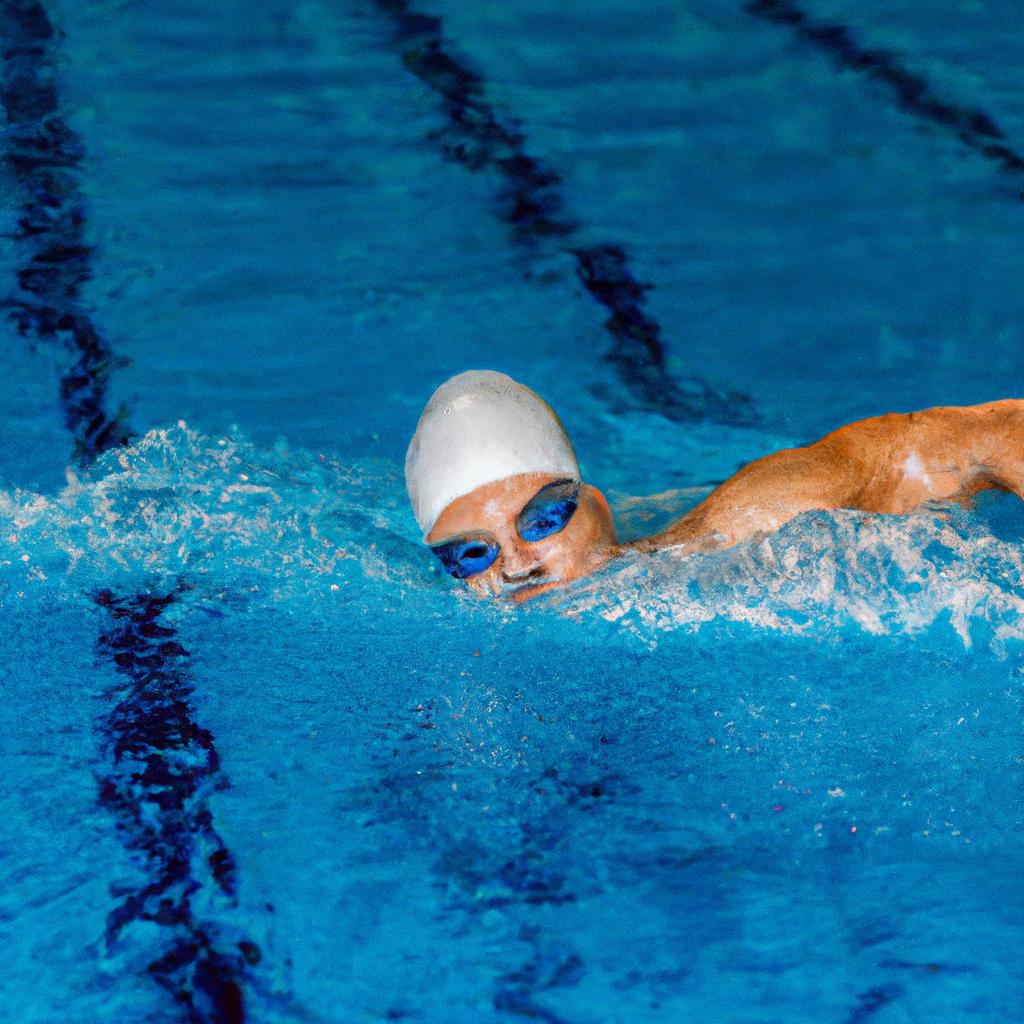**”Exploring the Efficacy of Swimming Drills: How Specific Techniques Improve Stroke Efficiency and Endurance”**
# Exploring the Efficacy of Swimming Drills: How Specific Techniques Improve Stroke Efficiency and Endurance
Swimming is not only a popular recreational activity but also a highly effective form of exercise that promotes overall health and fitness. For both competitive swimmers and enthusiasts, focusing on stroke efficiency and endurance is crucial for performance improvement. One of the most effective ways to achieve these goals is through targeted swimming drills. This blog post will explore the efficacy of swimming drills, detailing specific techniques that can enhance stroke efficiency and endurance.
## The Importance of Stroke Efficiency
### Understanding Stroke Efficiency
Stroke efficiency refers to the ability of a swimmer to cover distance with minimal energy expenditure. This concept is vital, as it allows swimmers to maintain their speed and endurance over longer distances. Improving stroke efficiency can lead to faster times and reduced fatigue, making it a key focus for swimmers of all levels.
### Techniques to Enhance Stroke Efficiency
To improve stroke efficiency, swimmers can incorporate various drills into their training routine. Drills such as the catch-up drill, fingertip drag drill, and single-arm swimming are excellent for refining technique and minimizing drag. The catch-up drill helps swimmers focus on their arm extension and body position, while the fingertip drag drill emphasizes high elbow recovery, which can lead to a smoother stroke. Single-arm swimming allows for a concentrated focus on one arm’s technique, ensuring that swimmers develop a balanced and efficient stroke.
## Building Endurance Through Drills
### The Role of Endurance in Swimming
Endurance is the ability to sustain physical activity over time, and in swimming, it is essential for both competitive performance and recreational enjoyment. Building endurance allows swimmers to maintain intensity throughout their workouts and races, leading to improved times and overall fitness.
### Effective Drills for Endurance
Incorporating longer sets of interval training can significantly enhance endurance. Drills such as the pyramid set, where swimmers gradually increase and decrease their distances, help build stamina. Additionally, incorporating kick sets using a kickboard can strengthen the legs and core, which are crucial for maintaining a strong and efficient stroke. Another effective endurance drill is the “3-3-3” workout, where swimmers alternate between three strokes (freestyle, backstroke, and breaststroke) for set distances. This variation not only helps maintain engagement but also builds overall endurance.
## Nutrition Tips for Swimmers
### Fueling for Performance
Nutrition plays a pivotal role in a swimmer’s performance and recovery. Proper fueling before, during, and after workouts can significantly impact energy levels and endurance.
1. **Pre-Workout Nutrition**: Swimmers should consume a balanced meal rich in carbohydrates, proteins, and healthy fats about two to three hours before training. This could include oatmeal with fruit, a smoothie, or a sandwich on whole-grain bread.
2. **Hydration**: Staying hydrated is crucial for optimal performance. Swimmers should drink water or electrolyte-rich beverages before, during, and after swimming sessions to maintain hydration levels.
3. **Post-Workout Recovery**: After swimming, it is essential to replenish glycogen stores and repair muscle tissue. A combination of protein and carbohydrates, such as a protein shake with a banana or yogurt with berries, can aid in recovery.
## Exercise Advice for Swimmers
### Incorporating Variety in Training
To maximize the benefits of swimming drills, swimmers should aim to incorporate a variety of exercises into their training regimen. This could include strength training, flexibility exercises, and cross-training activities such as cycling or running. Strength training, particularly for the core, shoulders, and legs, can enhance swimming performance by providing the necessary muscle power and stability.
### Consistency and Progression
Consistency is key to improvement in swimming. Swimmers should set achievable goals and gradually increase the intensity and complexity of their drills. Tracking progress through time trials or personal records can provide motivation and a sense of accomplishment.
## Health Benefits of Swimming
### Comprehensive Physical Health
Swimming offers a multitude of health benefits beyond just improved stroke efficiency and endurance. It is a low-impact exercise, making it suitable for individuals of all ages and fitness levels. Regular swimming can enhance cardiovascular health, improve muscle tone, and promote flexibility. Additionally, swimming is known to reduce stress and improve mental well-being, as it releases endorphins that promote a positive mood.
## Conclusion
In summary, incorporating specific swimming drills into a training routine can significantly improve stroke efficiency and endurance, leading to enhanced performance and overall fitness. By focusing on targeted techniques, maintaining proper nutrition, and embracing a varied exercise regimen, swimmers can unlock their full potential in the water while reaping the numerous health benefits that swimming provides.















Post Comment